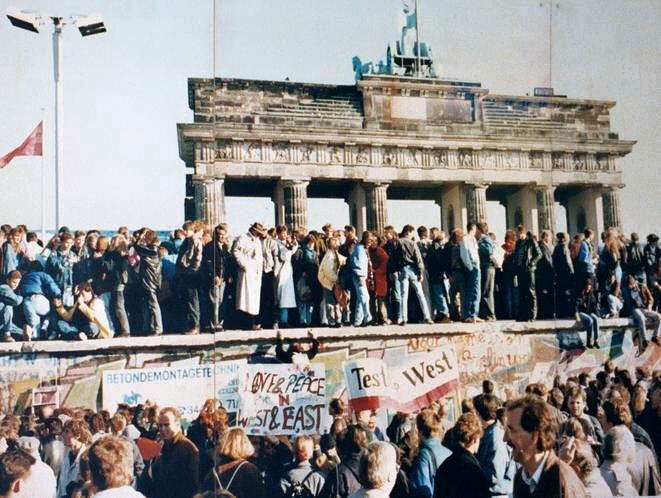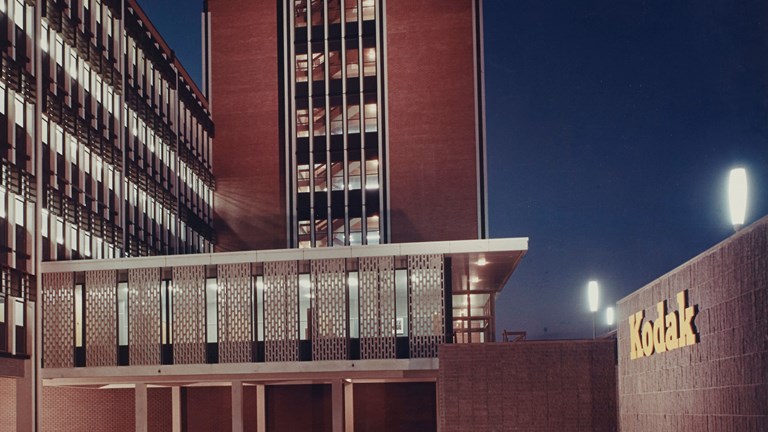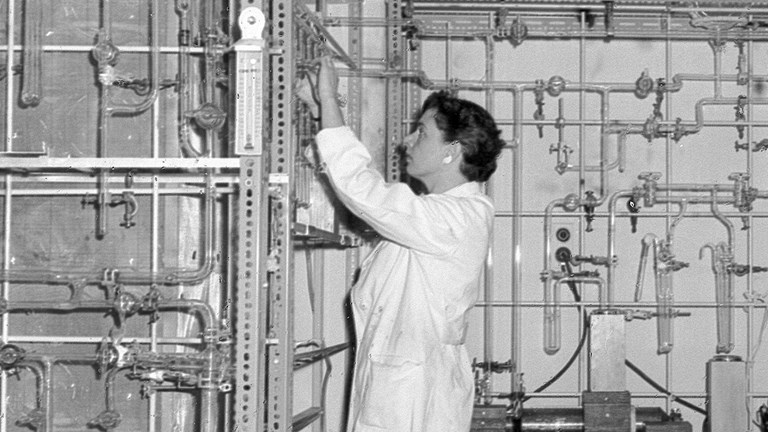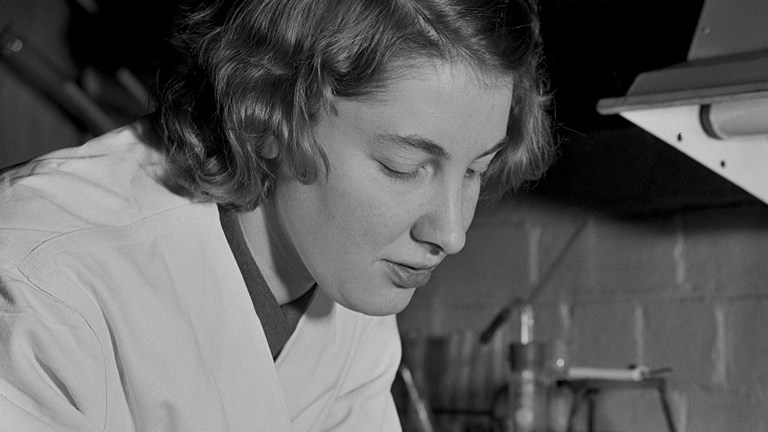Fall of the Berlin Wall
As a boy I witnessed, then pocketed a piece of history.
For the first eight days of November, 1989, few could have expected East Germany would be a domino that brought down communism in Europe.
When the events of November 9 dominated TV screens I, like many other West Germans, could barely believe my eyes.
I felt that it was just a temporary opening, and any moment a crack down would occur like in previous decades in communist countries like Poland and Czechoslovakia. But soon it became clear this was the new status quo.
The regime was as strict as ever, the last person shot trying to flee was in February that year. In fact they were horrified at the easing of confrontations that Mikhail Gorbachev had started, and began sealing many border crossings into the west.
But East Germans saw other communist states becoming less dogmatic and started demonstrating. At the same time, Germans holidaying in Hungary slipped across border to Austria, as the border control was relaxed. In September alone 13,000 had done so.
In response, the East German government decided to officially announce travel visas for their citizens to go to West Germany, while maintaining so much red tape as to make it almost impossible.
That was the plan, but at the press conference, which was televised live on the evening of November 9, 1989, a senior East German official, Günter Schabowski, had not been thoroughly briefed on all the details. Towards the end, journalists kept pressing Schabowski to give a date from which such travel would be possible. An exasperated Schabowski finally said: “As far as I know immediately, right now”.
Of course people became curious to see if they had heard correctly and started heading to border crossings in Berlin to confirm this. However, because there was never the intention to open borders immediately, none of the guards at the checkpoints had been informed what to do now. So when hundreds and eventually thousands of East Germans started arriving, particularly at the large Bornholmer Street crossing, small decisions by one person changed history.
The leader of the passport control unit at Bornholmer Street Harald Jäger was in charge of two dozen guards, and he’d already worked 12 hours of a 24 hour shift. His repeated calls to his superiors only revealed chaos in the party’s leadership. One called Harald a coward. None could tell him how to handle the situation.
In the end his boss told him to let the biggest trouble makers through, but not allow them to return. However, soon it became clear that many who had crossed were parents who had left their sleeping children at home while they quickly checked out the situation. These were now devastated when told they could not return. Guards at the western side pleaded with Jäger to come and deal with this, and eventually he allowed them to return to east Berlin.
By now it was 11pm and the crowd had swelled to tens of thousands. Jäger said to his fellow guards: ‘Should we shoot all these people or should we open up?’
Jäger decided to open up the gates, and thousands streamed into west Berlin.
It is likely that most other officials in Jäger’s position would have opened fire on the crowds to disperse and dissuade them, but the chance alignment of Schabowski’s mangled press conference and Jäger’s decision not to shoot at the crowds, meant the end of a notorious symbol of the Cold War came peacefully and full of joy.
A mere five months later I went with my Grade 11 class on a traditional excursion to Berlin, which most schools in West Germany made.
Only now the bus trip was much easier to take through East German territory, where only a year earlier my mother, a teacher, had taken her class along the connecting Autobahn lined with sniper towers.
While there, my best friend and I decided to do what others had done and get a piece of history. We scored hammers and chisels and headed to a recommended section of the wall, which still had original graffiti.
By this time it had been so well plundered for souvenirs, that in some places you could see right through. Once we started hammering, we quickly realised how hard the concrete was and it took a lot of effort just to get a few slivers of wall with graffiti on it.
In 1992—less than two years later—I moved to Adelaide with my family, studied geology at university, and in 2002 moved to Melbourne to become Collection Manager of Palaeontology at Melbourne Museum.
By this time I had lost track of those chunks of Berlin Wall, and would occasionally wish I still had them.
In 2018, I finally took my wife and young kids back to Germany to visit family, and spent time in Berlin. Only markers remained of where the Wall had stood, but served to tell my kids some personal history. A few actual segments of Berlin Wall stood at Potsdammer Platz, but bizarrely they were covered in layers of used bubble gum, obscuring the graffiti artworks.
Then in August 2019 I helped my mother clear out her cellar, and discovered several shoe boxes crammed into a back corner. Filled with rocks and minerals from my studies, they also revealed a bigger treasure: the ‘lost’ fragments of Berlin Wall!
My mother was very excited as she pointed out the 30th anniversary was just around the corner. I was very happy to donate some of the pieces to the museum as part of the anniversary of the wall coming down, which ties so closely with my own personal history.












